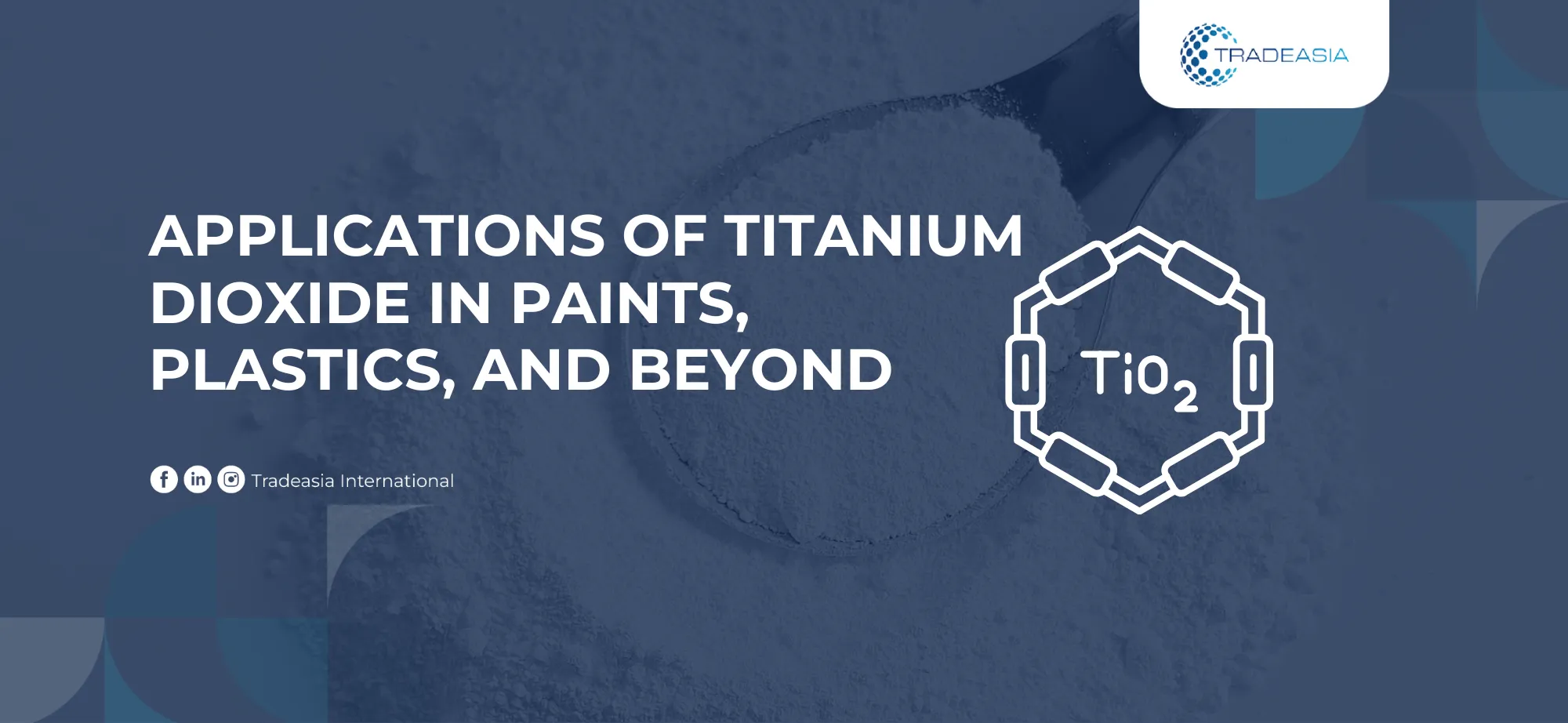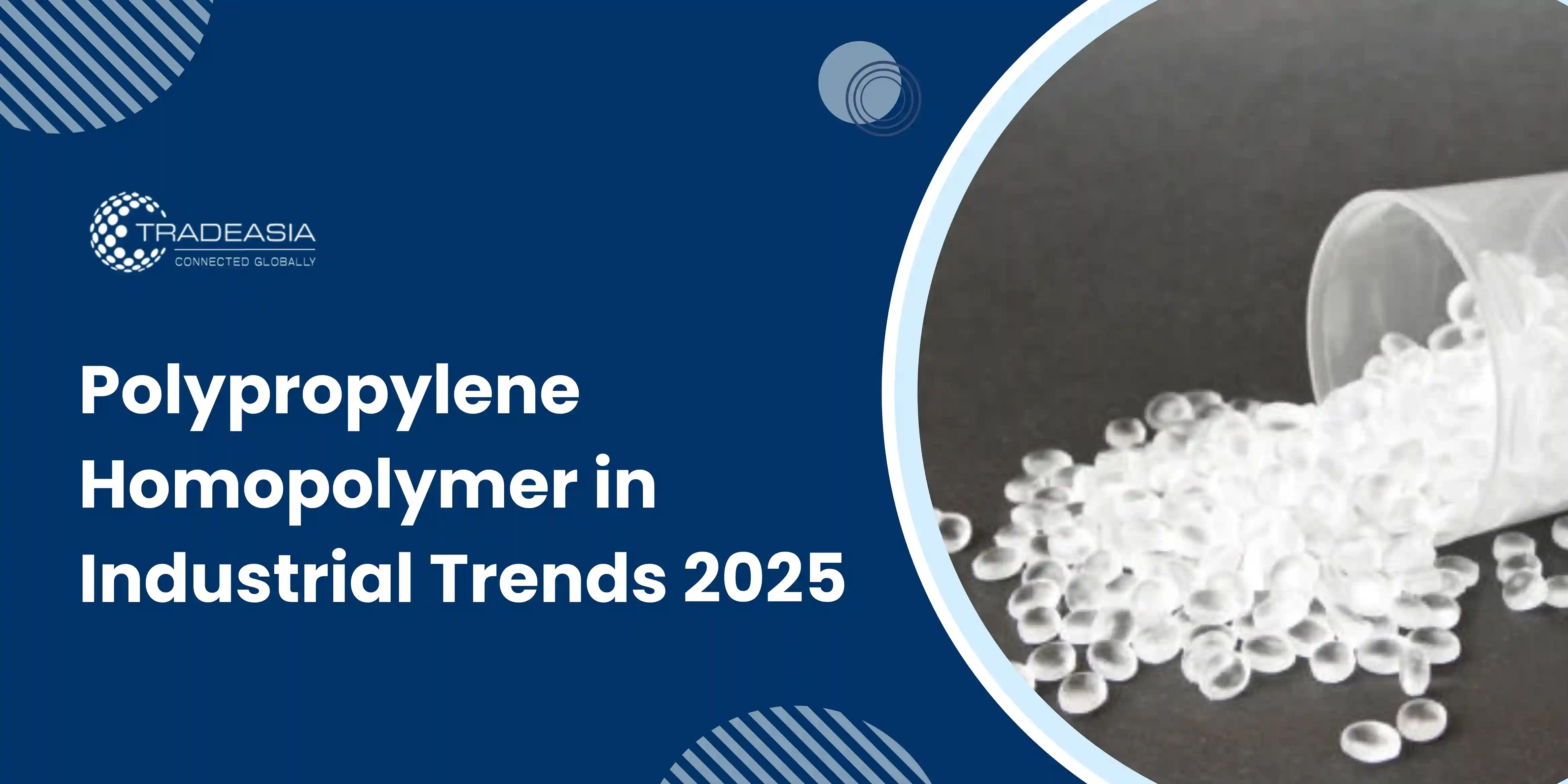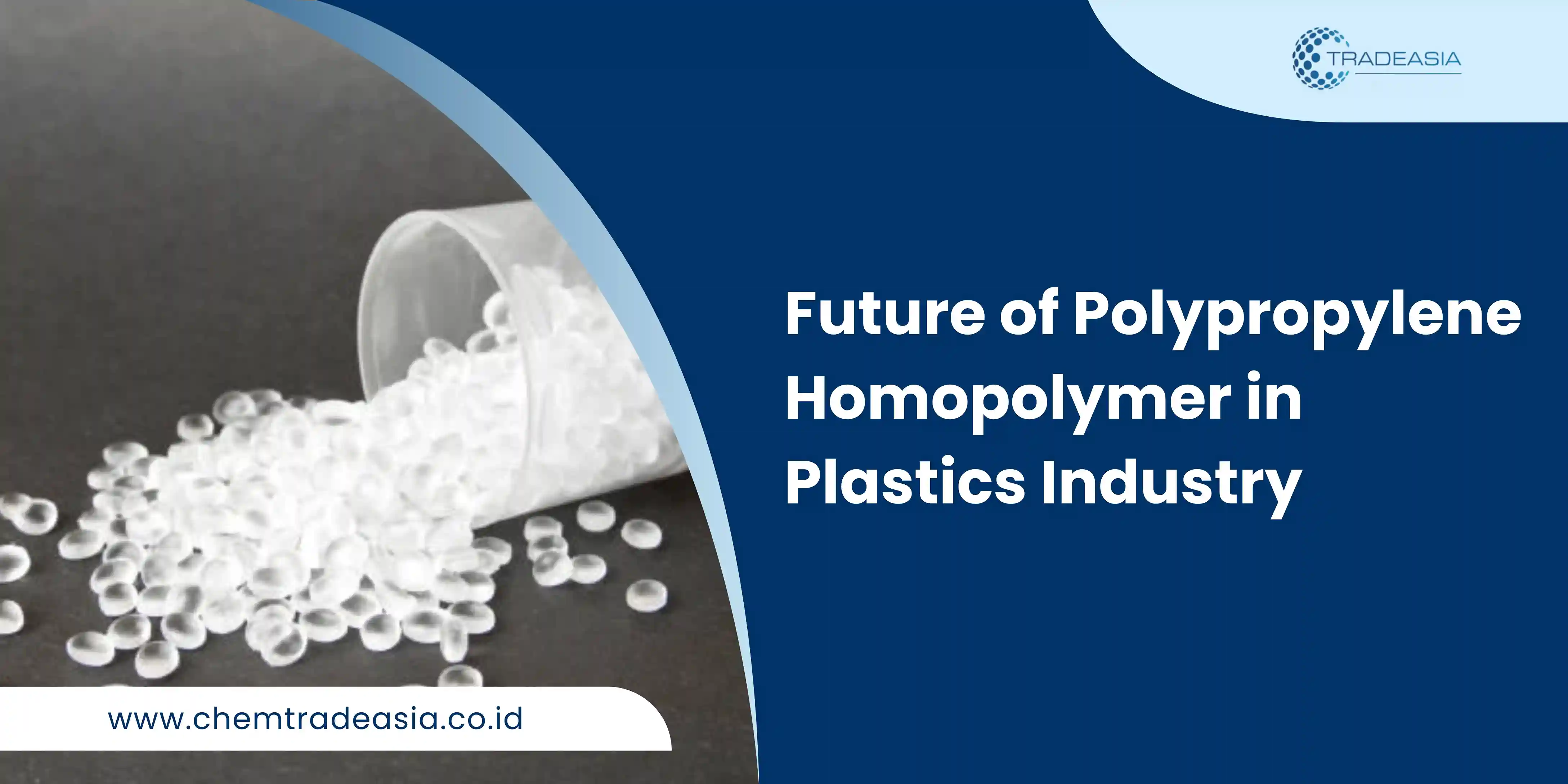Introduction
In the world of thermoplastics, understanding the melting point of a material is key to optimizing processing and application efficiency. One such essential polymer is polypropylene homopolymer (PP Homo), widely used in various industries for its versatility and durability. But to leverage its full potential, manufacturers must understand how temperature affects its performance.
The melting point of polypropylene homopolymer is more than just a number—it directly influences molding conditions, product integrity, and thermal resistance. Misjudging this critical factor can lead to poor product quality and costly reprocessing, particularly in sectors like packaging, automotive, and textiles.
This article explores the melting point of PP homopolymer, why it matters, and how businesses in Indonesia and beyond can utilize this knowledge to make better material decisions. For reliable sourcing of PP homopolymer, Chemtradeasia provides consistent quality and technical support through our product page.
What is Polypropylene Homopolymer?
Polypropylene homopolymer is a type of thermoplastic polymer made solely from propylene monomers. It’s known for its high strength-to-weight ratio, chemical resistance, and rigidity. Due to its simplicity in structure, PP homopolymer tends to offer better tensile strength and thermal performance than its copolymer counterpart.
It is widely used in applications that require high stiffness, such as injection-molded parts, rigid packaging, and textiles. Its resistance to cracking, moisture absorption, and heat makes it a go-to material for industrial components that demand precision and durability.
Furthermore, PP homopolymer is favored in B2B plastic industries for its processing efficiency. It works well in high-speed production environments, making it suitable for large-volume manufacturing. Chemtradeasia supports these industries with bulk supply and technical guidance on material compatibility and grades.
The Melting Point of PP Homopolymer
The melting point of polypropylene homopolymer typically ranges from 160°C to 170°C (320°F to 338°F). This makes it suitable for high-heat applications and allows for precise thermoforming and molding in industrial processes. Its relatively high melting temperature contributes to its superior thermal resistance compared to other plastics like polyethylene.
Understanding this melting point is vital for manufacturers. Processing below this range can result in poor melt flow, causing defects in molding, while excessive temperatures may lead to degradation of the polymer structure. As explained by Polymer Database, maintaining an optimal melt temperature ensures product reliability and reduces production waste.
Proper calibration of extrusion or injection molding machines must take this range into account. The temperature consistency across the production cycle also affects crystallinity and mechanical strength. For specific product specs and melt flow index values, visit Chemtradeasia’s PP Homopolymer catalog.
Industrial Applications Affected by Melting Point
The melting behavior of PP homopolymer greatly determines its usage in applications like blow molding, injection molding, sheet extrusion, and fiber spinning. For instance, in packaging films or containers, the polymer's ability to retain its shape under heat exposure ensures product integrity and storage safety.
In the automotive sector, PP homopolymer is molded into battery casings, dashboards, and other under-the-hood components where thermal resistance is a necessity. Likewise, in medical and textile industries, high processing temperatures enable sterilization and dimensional stability—key factors in compliance and quality assurance.
If the melting point is not properly accounted for, parts may deform during processing or use, leading to product failures. This reinforces the need for technical datasheet evaluation and supplier consultation, which can be initiated through Chemtradeasia’s contact portal.
Factors That Influence PP Homopolymer Melting Performance
Several factors can subtly alter the effective melting point or processing behavior of PP homopolymer. These include molecular weight distribution, additives, crystallinity, and the presence of impurities during polymerization. According to research from ScienceDirect, nucleating agents and stabilizers can increase heat resistance and alter the melting behavior of the final product.
Additionally, environmental factors during storage—such as humidity and UV exposure—can degrade the polymer before it even reaches the processing phase. This is why proper handling, storage, and sourcing from reliable suppliers are crucial for industries working with PP homopolymer.
To avoid unexpected processing issues, manufacturers are advised to request technical support or sample testing. Chemtradeasia offers both services to help clients determine ideal processing parameters for PP Homopolymer. Visit our product inquiry page to get started.
Conclusion
Understanding the melting point of polypropylene homopolymer is fundamental to optimizing its performance in real-world industrial applications. Whether you're producing food containers, automotive parts, or nonwoven fabrics, temperature management during processing ensures better quality, reduced material waste, and long-term cost savings.
The 160–170°C melting range allows for excellent heat resistance and stability, but only if applied under the right processing controls. Partnering with an experienced supplier like Chemtradeasia helps businesses make informed decisions about material specifications and application suitability.
For bulk sourcing, technical datasheets, or free consultations, explore Chemtradeasia’s PP Homopolymer product listings or contact us directly.




Leave a Comment